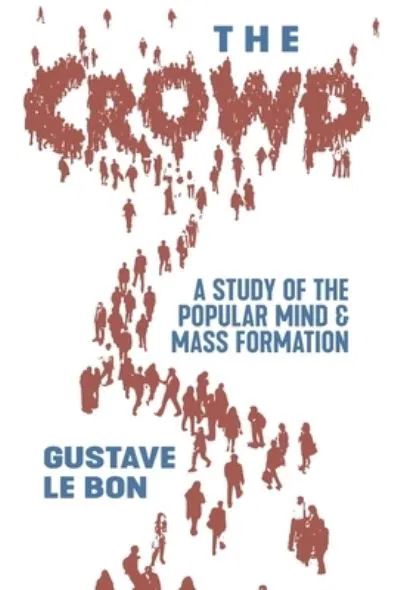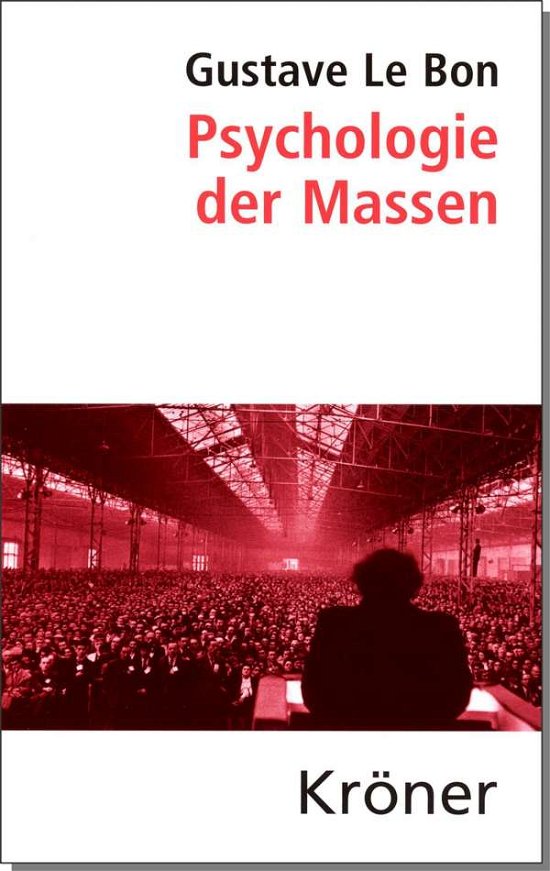
Tell your friends about this item:
Castes in India
Gustave Le Bon
Castes in India
Gustave Le Bon
The institution of caste was not peculiar to India. In fact, the phenomena of caste are world-wide in their extent. In India the priests and nobles contended for the first place. India had progressed along the line of ethnic evolution from a loose confederacy of tribes into several nations, ruled by kings and priests, and the iron fetters of caste were becoming more rigidly welded. At first the father of the family was the priest. Then the chiefs and sages took the office of spiritual guide, and conducted the sacrifices. As writing was unknown, the liturgies were learned by heart, and handed down in families. The exclusive knowledge of the ancient hymns became hereditary, as it were. The ministrants increased in number, and thus sprang up the powerful priestly caste. Then the warrior class arose and grew strong in numbers and power, becoming differentiated from the agriculturists, and forming the military caste. The husbandmen drifted into another caste, and the three orders were rigidly separated by a cessation of intermarriage. At the bottom came the Sudras, or slave bands, the servile dregs of the population. In course of time, from various influences, the third class became almost eliminated in many provinces. From the cradle to the grave these cruel barriers still intervene between the strata of the people, relentless as fate and insurmountable as death.
| Media | Books Paperback Book (Book with soft cover and glued back) |
| Released | January 27, 2016 |
| ISBN13 | 9781523734368 |
| Publishers | Createspace Independent Publishing Platf |
| Pages | 88 |
| Dimensions | 133 × 203 × 5 mm · 108 g |
| Language | English |
More by Gustave Le Bon
See all of Gustave Le Bon ( e.g. Paperback Book , Hardcover Book , Book , Sewn Spine Book and ePUB )

 Christmas presents can be returned until 31 January
Christmas presents can be returned until 31 January


























![Cover for Gustave Le Bon · The Crowd [electronic Resource] (Hardcover Book) (2021)](https://imusic.b-cdn.net/images/item/original/317/9781015387317.jpg?gustave-le-bon-2021-the-crowd-electronic-resource-hardcover-book&class=scaled&v=1641971255)
![Cover for Gustave Le Bon · The Crowd [electronic Resource]: a Study of the Popular Mind (Paperback Book) (2021)](https://imusic.b-cdn.net/images/item/original/126/9781014892126.jpg?gustave-le-bon-2021-the-crowd-electronic-resource-a-study-of-the-popular-mind-paperback-book&class=scaled&v=1649539097)




